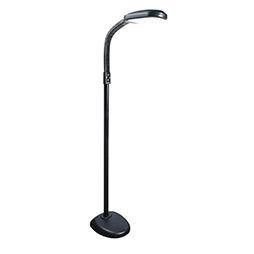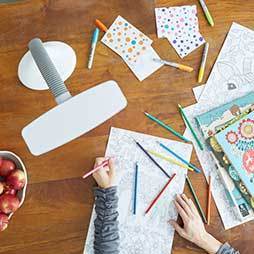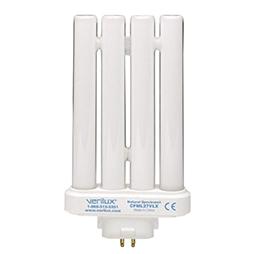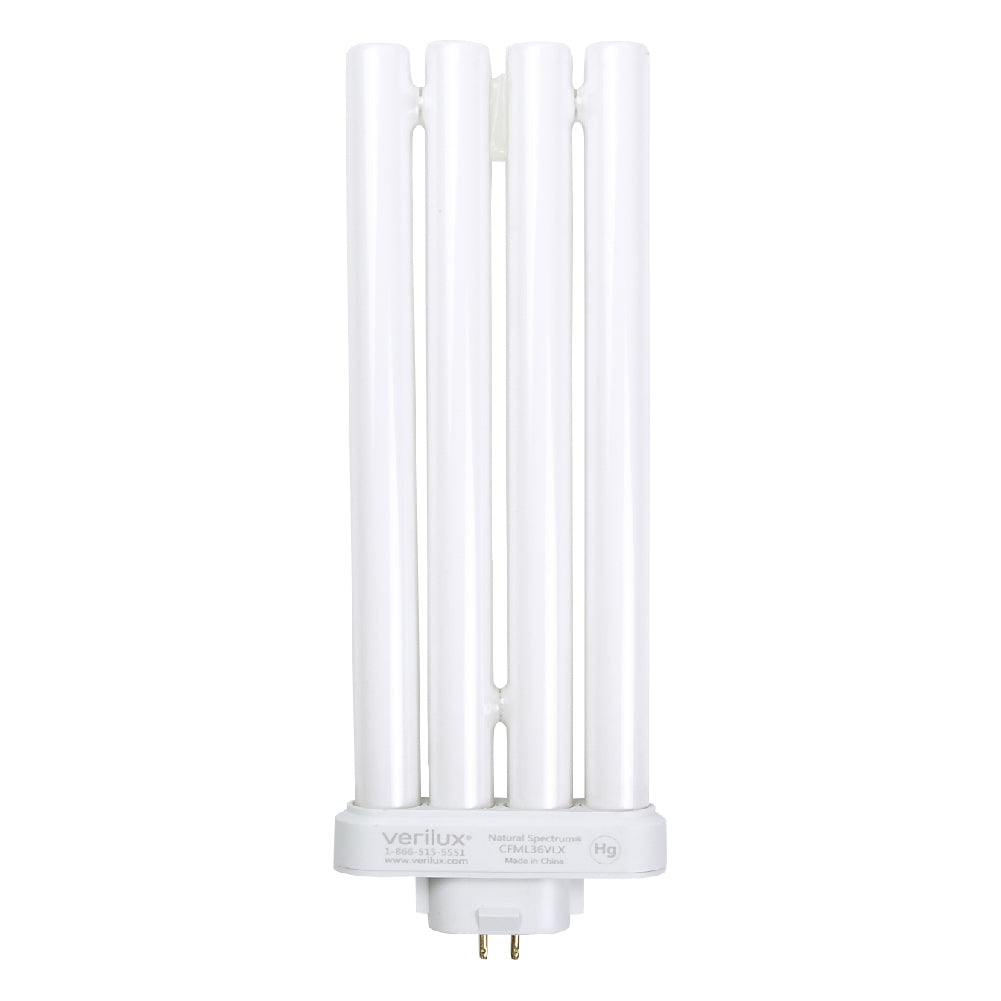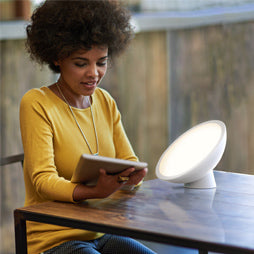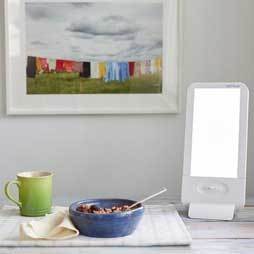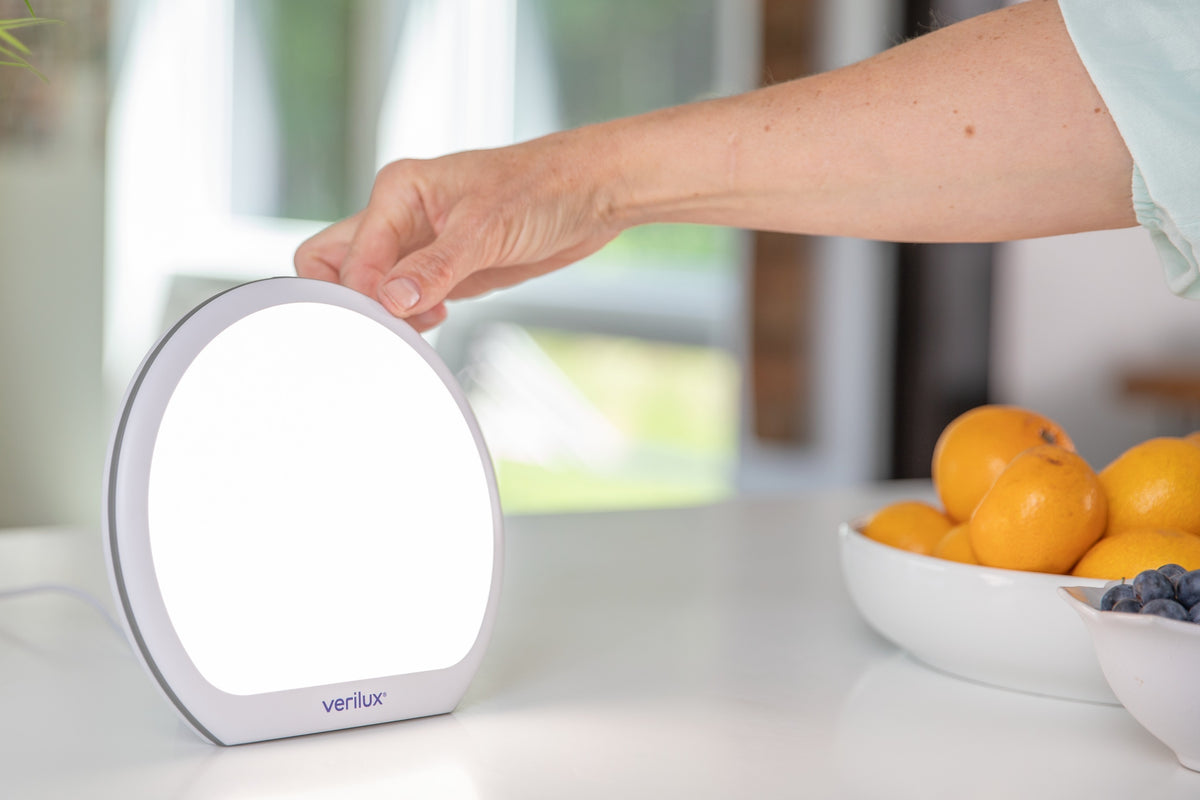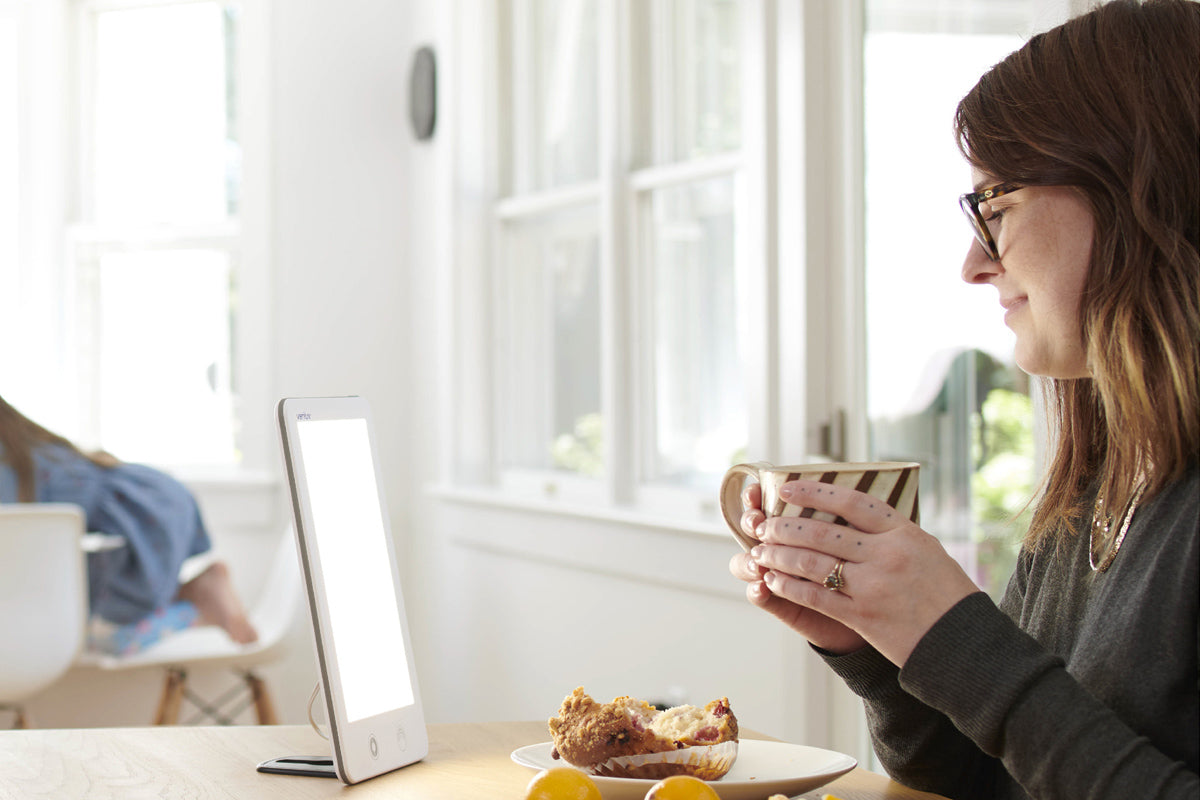Potassium is an essential mineral that many Americans don’t get enough of, yet it’s vital for healthy blood pressure; proper function of the heart, kidneys, muscles, and nerves; and for normal metabolism of carbohydrates and protein.
Until recently, not all experts viewed lack of potassium as a problem. But when new food labels were introduced in January 2020, listing of potassium content became a requirement because government dietary surveys have found that Americans generally don’t get enough of this mineral.
Processed foods are a major contributor to the problem, as they are generally high in sodium and contain little or no potassium. The ratio in healthy foods is tipped in the opposite direction—fruits and vegetables contain much more potassium, with little or no sodium. In the long-gone days of hunter-gatherers, it’s estimated that the paleolithic diet contained 16 times as much potassium as sodium.
This ratio is important because potassium and sodium work together. When there’s enough potassium, excess sodium is more easily excreted, helping to maintain healthy blood pressure and to avoid the perils of hypertension, including heart disease and stroke.

How to Get Enough Potassium
Vegetables, fruit, beans, and fish are all rich dietary sources of potassium. Here’s an example of a meal that will deliver more than 2,200 mg of potassium, or almost half of the daily recommended amount:
-
1 medium baked potato with skin: 941 mg
-
3 oz. wild Atlantic salmon: 534 mg
-
½ cup cooked spinach: 370–419 mg
-
¼ medium cantaloupe for dessert: 368 mg
Some other rich sources include:
-
1 cup of prune, carrot, or passion fruit juice: about 700 mg
-
½ cup freshly cooked beet greens: 654 mg
-
½ cup adzuki or white beans: about 600 mg
-
1 cup of coconut water: about 600 mg
-
1 medium baked sweet potato: 542 mg
-
1 cup fresh orange juice or canned tomato juice: about 500 mg
-
1 medium banana: 422 mg
-
½ cup avocado: 364 mg
Can you Get Too Much Potassium?
While eating a diet high in potassium-rich foods is a good idea, potassium supplements can produce an overload for some people. Anyone with less-than-optimum kidney function, which may be a byproduct of diabetes or heart failure, shouldn’t take potassium supplements unless they’re prescribed by a doctor.
Some medications raise potassium levels and should not be combined with potassium supplements. Such drugs include ACE inhibitors such as lisinopril (Prinivil, Zestril) or ramipril (Altace), and some over-the-counter pain remedies such as ibuprofen (Advil, Motrin) or naproxen (Aleve).
Other types of prescription diuretics may deplete potassium. With these, a doctor may prescribe high-dose potassium supplements, but patients shouldn’t take extra potassium supplements on their own. Potassium levels can be checked with a simple blood test—normal levels range from 3.7 to 5.2 millimoles per liter (mmol/L).
In susceptible people, dangerously high levels of potassium can cause weakness, fatigue, and irregular heart rhythms that, in extreme cases, can lead to heart attack and death.
Potassium Supplements
The dose of potassium in supplements, including multivitamins, is generally no more than 99 mg per serving to avoid accidental potassium overload in people with kidney and related diseases. For healthy people, there is no official upper limit for potassium, and supplements can provide some insurance against shortfalls.
Many salt substitutes replace sodium with potassium chloride, and these can provide higher doses of potassium. While they can be a good sodium alternative for healthy people, anyone with kidney disease, diabetes, or heart failure should exercise the same cautions against potassium overload from such seasonings as they would with supplements.
Bottom line, there are no downsides to eating foods that are high in potassium and many other beneficial nutrients.
Written by Vera Tweed for Better Nutrition and legally licensed through the Matcha publisher network. Please direct all licensing questions to legal@getmatcha.com.




